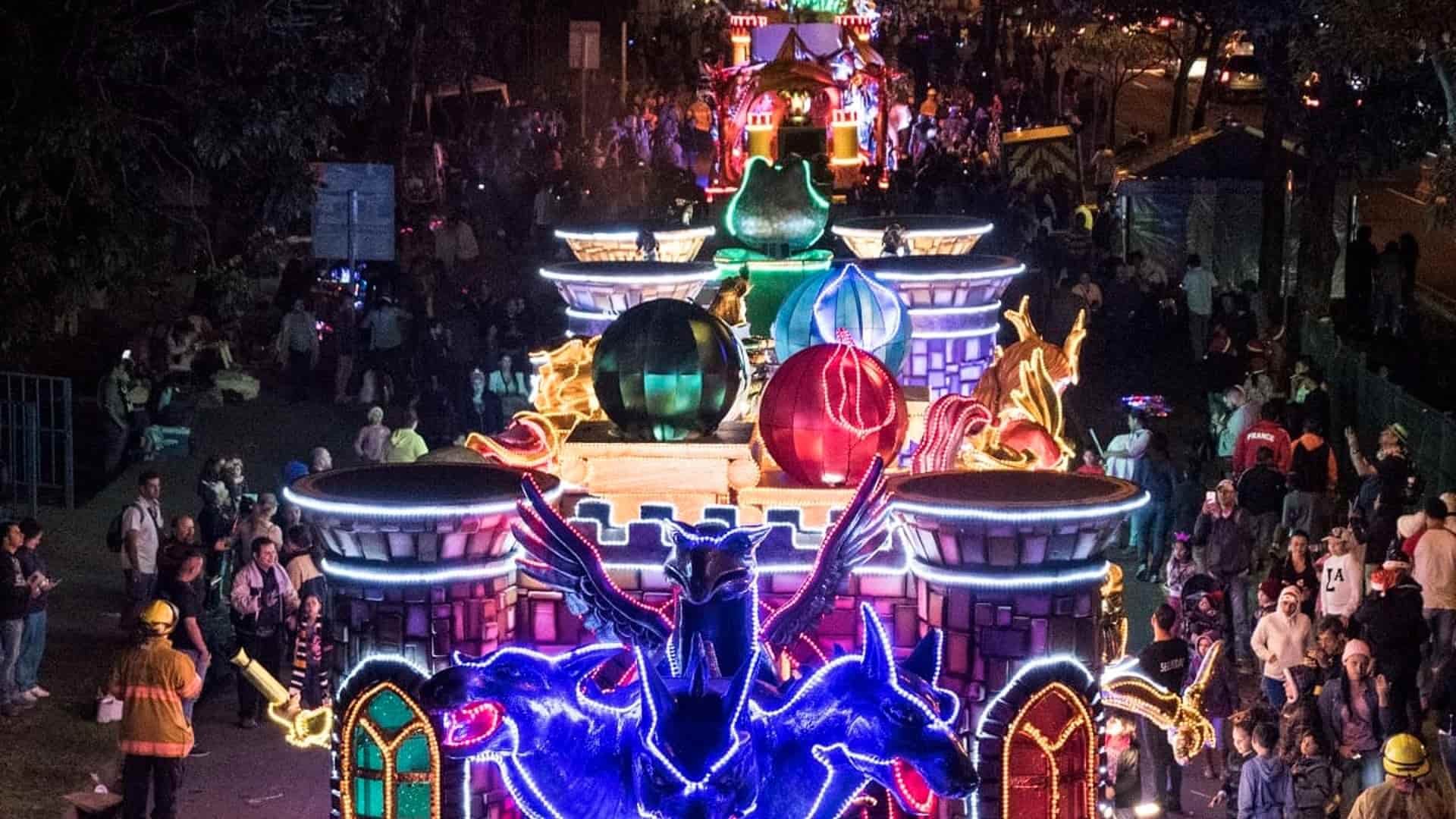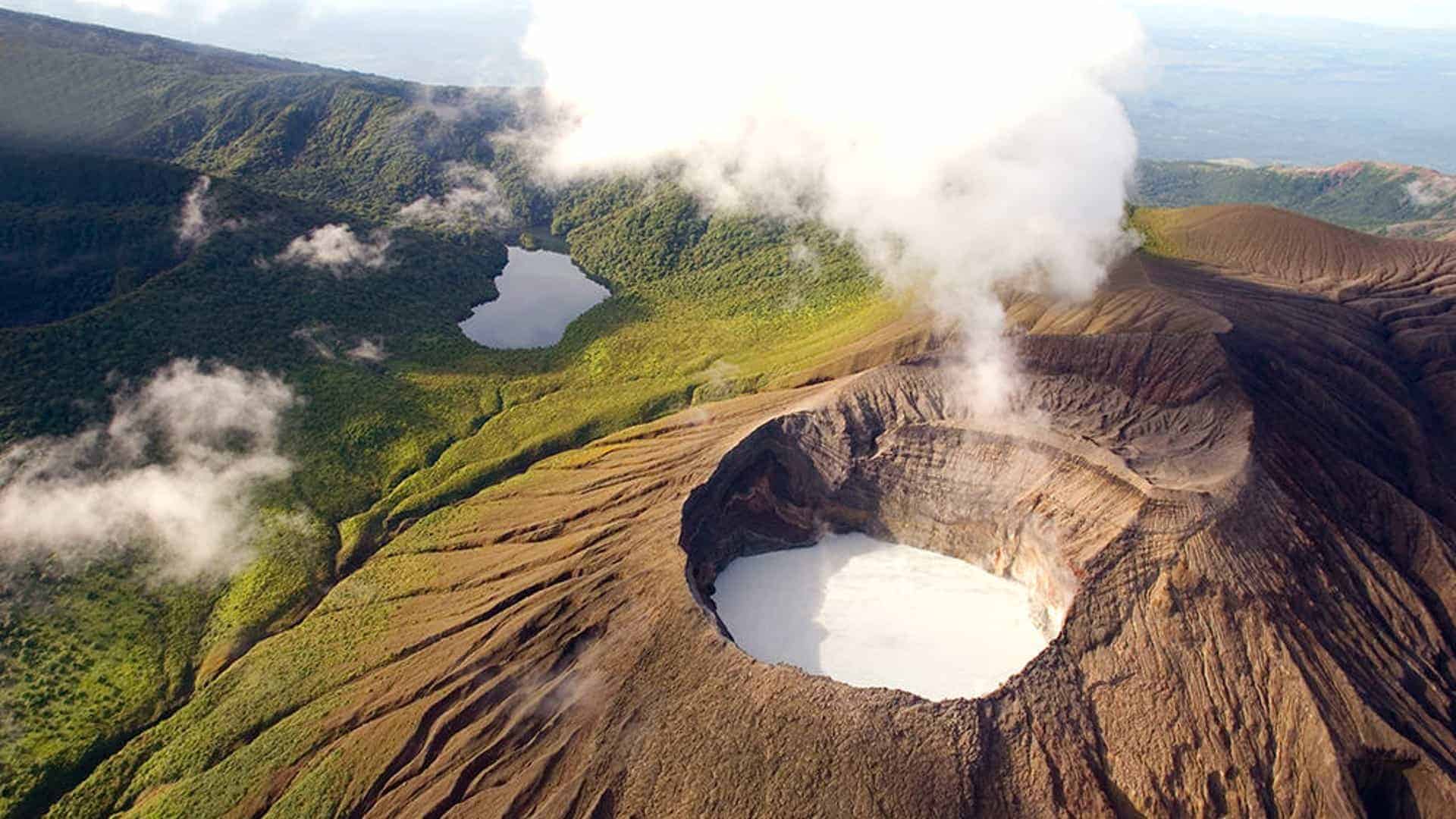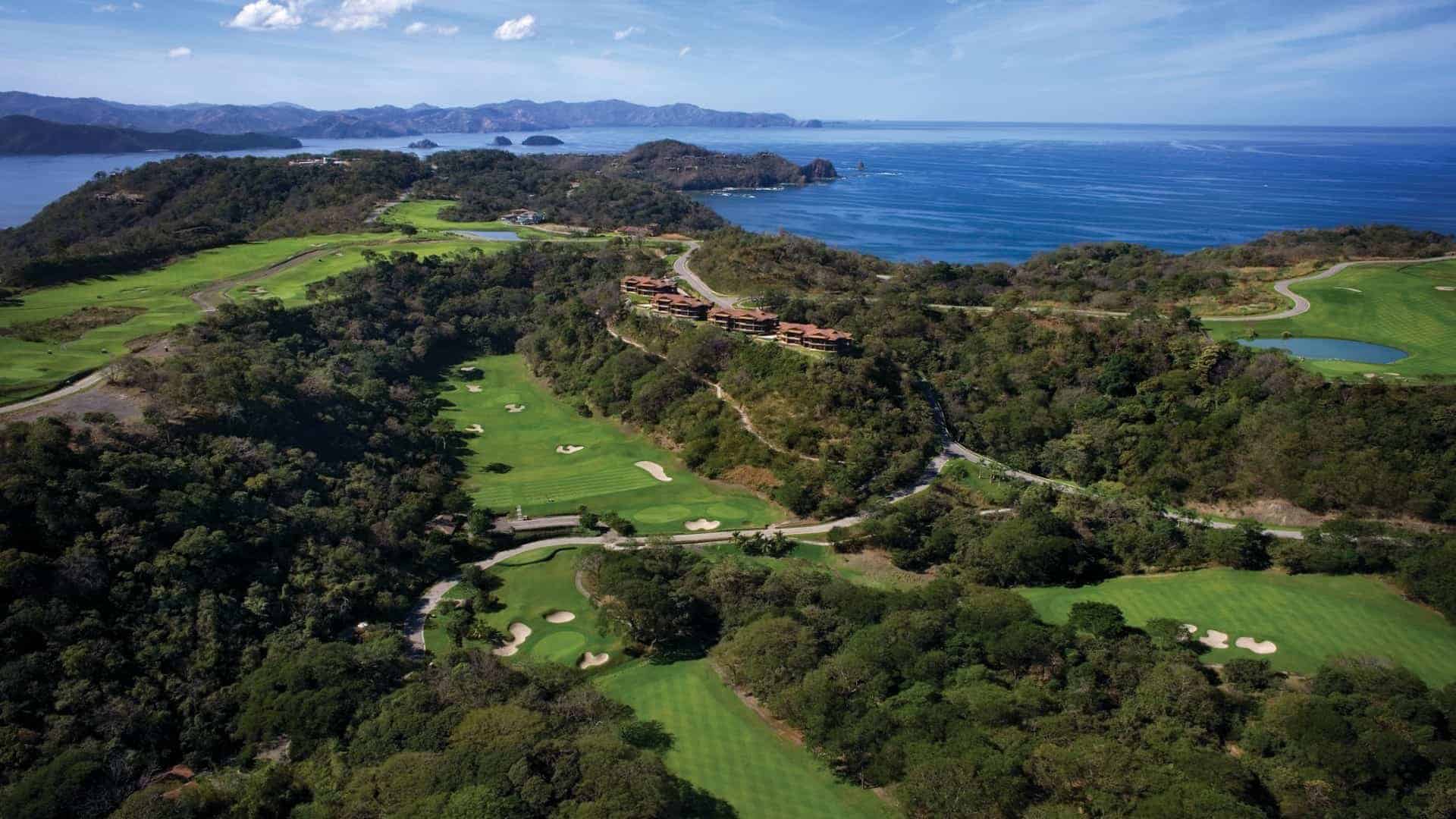Table of contents
After six months of almost daily rains reminiscent of monsoons, Costa Rica’s Guanacaste coast undergoes a strange change every November.
The. Rain. Finally. Stops.
Where lightning and thunder once shook the earth here in Flamingo (and terrified our cat), now there are only birds chirping in the sunshine. The shocking images of flooding that dominated the news during hurricane season are off the air now, and soon we will be watching nationally televised holiday rodeos instead.
Welcome to Costa Rica’s dry season — and it’s no coincidence that it begins at the same time as the high season. But it IS a coincidence that the biggest holidays of the year all occur during the non-rainy season, giving foreigners a double-barreled reason to visit during this unparalleled time of year.
Thanksgiving, Christmas, New Year’s, Valentine’s Day, spring break, Easter. All of these occur during the dry season on Costa Rica’s Pacific Coast.
So does it even matter if it’s raining or not?
The rain drain
For many expats in Costa Rica, the rainy season (aka “green season”) is their favorite time of year. It lasts from roughly May through mid-November on the Pacific Coast, and it’s characterized by almost daily downpours, usually in the afternoon.
Why would people like all this rain? For starters, it smells good, it freshens the air and it makes everything cooler. Vegetation becomes greener, and it grows faster and denser. Rivers become swollen, waterfalls more exuberant, the entire country more visually stunning.
Yet this love of rainfall is not necessarily shared by most visitors to Costa Rica. Foreigners flock to this country during the high/dry season, so much so that merchants may have to make enough money in these six months to last them the other six.
In fact, many hotels, restaurants and other businesses shut down completely in September and/or October, the rainiest months of the year, because customers are so few and far between.
It gives new meaning to the Green Day song “Wake Me Up When September Ends.”
Costa Rican tourism year-round
By far, most foreigners arriving in Costa Rica are Nicaraguans, typically coming here for work and almost always crossing the border by land. But to measure true international tourism, the government tracks arrivals by air, in which the vast majority are from the United States.
According to the Costa Rican Tourism Institute (ICT), 243,245 visitors arrived by air in March 2022, but only 122,188 arrived in September — roughly half. And this is typical of other years.
The graphic below shows international arrivals by air to Costa Rica each month, from 2019 through 2022.
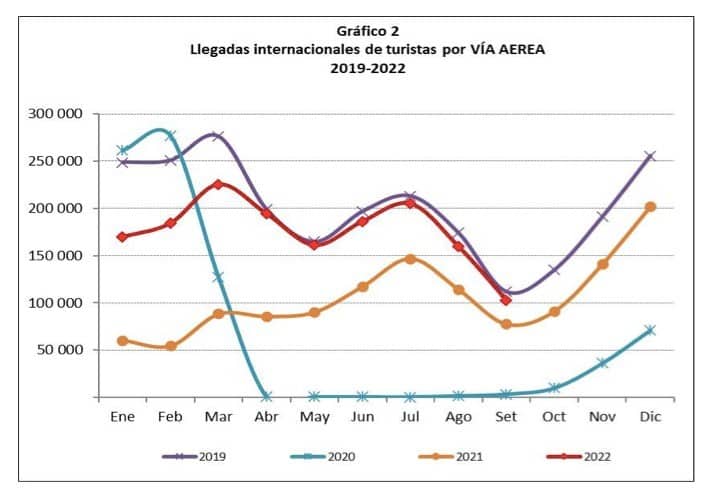
The crashing blue line (2020) reflects the government’s closure of its borders at the beginning of the COVID-19 pandemic. The yellow line (2021) tracks a slow recovery from the pandemic.
The purple line (2019) shows a normal pre-pandemic year. Arrivals are sky-high in January, and even higher in March (spring break in other countries). There’s a big dip in May and a recovery in June and July (summer vacations in other countries). September is the “dead season,” with travel at its lowest. But by December, arrivals are back to January levels.
Notice that the 2022 data, though incomplete, follow the trends of the 2019 data almost precisely. And so does the data from 2021, though with smaller numbers.
Subscribe to our newsletter
to stay up to date
The rich season
So when November comes, there’s a big uptick in international arrivals to Costa Rica by air. By late December and early January, we are no longer talking about the “high season” but the “peak season.”
During the two weeks around Christmas and New Year’s, there is so much demand that hotels and other tourism-related businesses can charge almost as much as they want.
And we’re not just talking about foreigners. Costa Ricans from the Central Valley flock to the beaches in December and January like lemmings to a cliff. The roads are clogged, the inns are full, the restaurants are hopping, the beaches are packed.
Why does this happen? Because in almost every country, and in many religions, December is a season for holidays, travel and gift-giving. And almost everyone has time off, make this an obvious opportunity to take a trip.
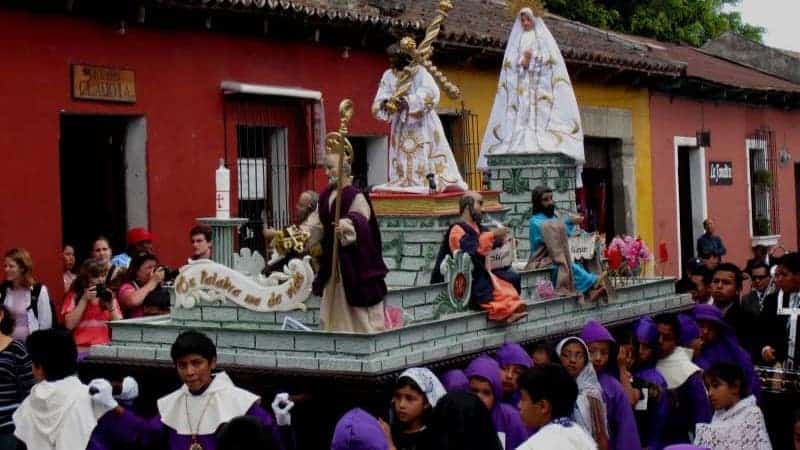
Semana Santa (“Holy Week”) is one travel phenomenon that many visitors may find unfamiliar. In the U.S., there’s usually nothing all that special about the week before Easter, and Easter itself is not even a federal holiday.
But in Costa Rica, Semana Santa is a national frenzy of travel and celebration. The government, the banks and most private businesses all shut down for at least part of this week, but hotels, restaurants and tour companies ramp up for what may be the biggest payday of the year.
The dates of Semana Santa change annually, as they are determined by a lunar calendar. The week usually falls in April, but it can begin in late March or end in early May. It’s pretty reliable about falling at the end of the dry season, and in many ways it effectively marks the end of the high season.
Oh, and did we mention that spring break usually occurs in March or April? It’s a perfect storm for a packed party.
What about the Caribbean?
If you’re headed to the Caribbean side of Costa Rica, forget everything we’ve said, because the weather patterns over there may be totally reversed. Rainfall on the east coast is more erratic and harder to predict, as if the rain falls whenever it feels like it.
There’s a saying in the Caribbean, “Here we have two seasons: the rainy season and the very rainy season.”
September and October, the wettest months on the Pacific side, may be some of the driest months on the Caribbean — even though this is hurricane season, and this is where all the tropical storms roll in.
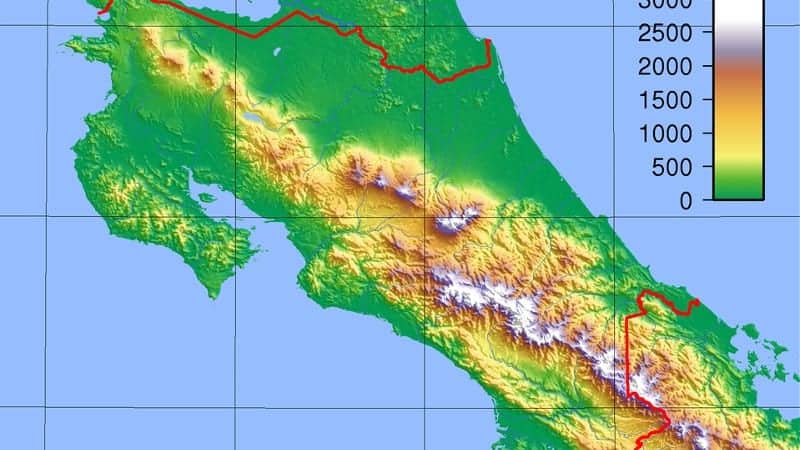
If you look at a topographical map of Costa Rica, it looks a bit like a humpback whale — a huge spine jutting into the air with its flanks at sea level. The mountains in the center of the country are the spine, and they create a major disruption for all the tropical storm activity that blows in from the east.
The Pacific coast is in the lee of this wall of mountains — hardly immune from rough storms, but typically calmer than the other coast.
Pros and cons of high season
There are good reasons to visit Costa Rica during the Pacific high season, from November through April, and there are good reasons not to.
#1
PROS
• Mostly rain-free skies on the Pacific, especially in the dry tropical forests of Guanacaste.
• Dry season coincides with major holidays like Christmas, New Year’s and Easter.
• Holiday events like rodeos, bullfights, masquerades, horse parades and regional festivals occur at this time of year.
• If you like to meet people (or just people-watch), there will be plenty of people.
#2
CONS
• Flights, lodging and other tourism services are more expensive.
• The country is more crowded, lines are longer and there are more traffic jams.
• Reservations for peak times are needed well in advance.
• The high season does not coincide with kids’ June-August summer vacation.
• It’s the hottest time of year, with little relief from rain.
#3
Bottom line?
For some visitors, little calculus is necessary: They have December off, they want to travel, and they want to come to Costa Rica. One and done.
Others may be seeking the most advantageous time to come to Costa Rica, and looking to arrange their vacation time around it.
But we’ve said it before and we’ll say it again: There is never a bad time to come to Costa Rica!
Subscribe to our newsletter
to stay up to date

